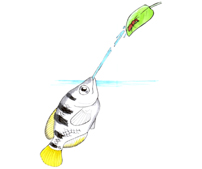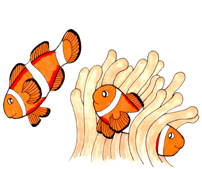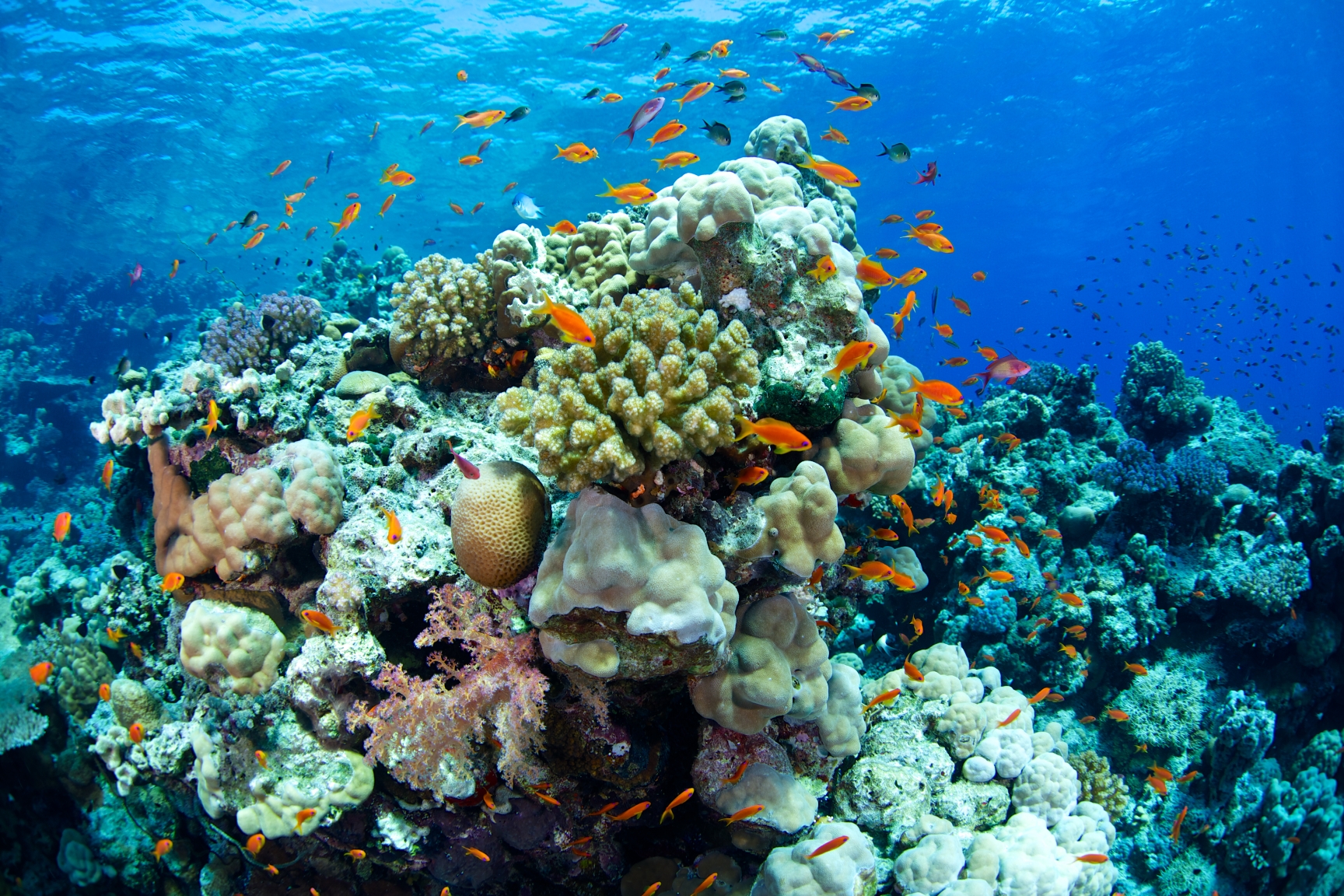Fish Files in your Backyard
Archerfish (family Taxotidae)

Where do I live?
There are six species of archerfish, and we can be found from India to the Philippines, Australia and Polynesia. We are generally found swimming along the top of the water column and are found in coastal marine, brackish estuaries and mangroves, and sometimes further up rivers in fresh water.
What do I look like?
We have a large lower jaw that helps us for hunting. Our body is very deep and compressed, and our dorsal fin is set far back on our bodies. We are generally a small species of fish growing to about 5-10 centimeters, but the Largescale Archerfish (Toxotes chatareus) can grow up to 40cm. The black markings on top of our silverfish-white bodies camouflage us in waters under the mangroves.
What do I eat?
A large part of our diet is insects such as grasshoppers, spiders and butterflies. We also eat aquatic creatures and fish that we have to swim in deeper water for.
What is unique about me?
We are famed for our ability to shoot streams of water at our prey to knock them off plants and mangrove roots. We do this by sticking our snout just above the water surface. We use a narrow grove on the roof of our mouths and our tongues to form a channel. When we compress our gill plates water comes shooting out of the channel like a water gun towards our prey. We will do this until we are successful at knocking our prey into the water. Although we have the ability to shoot water, we prefer to leap out of the water and grab our food when possible.
How Common am I?
We are a species of fish that is fairly common, but we are being threatened by the loss of our mangrove forests. We are also heavily collected for the pet trade around the world.
Percula Clownfish (Amphiprion percula)

Where do I live?
I am a tropical fish that loves the warm marine waters of Melanesia and Queensland Australia. I tend to live at the bottom of the sea in sheltered reefs or in shallow lagoons. In Australia you can find me throughout the Great Barrier Reef. I am a unique fish, in that, I use anemones as my home without being stung and eaten like most fish. Swimming is not my best skill and I don’t swim very far from my home the anemone. If I have to swim I will only go a few meters to try and find a new anemone. This is hard because most of them are already in use and clownfish don’t like to share.
What do I look like?
I can grow up to 11 centimeters in length. My body is bright orange with three white vertical lines. There is no easy way to tell males and females apart. Each one of my fins is lined with a black edge. There is another clownfish that looks just like me and it is called the Ocillaris Clownfish or “false percula clownfish”. One of the ways to tell us apart is to count the number of spines on our dorsal fin. Percula clownfish have 10 spines and ocillaris have 11.
What do I eat?
Mainly my diet consists of zooplankton, but I will graze on algae that grow on the surrounding coral reef. I can also eat scraps of food left over that my anemone doesn’t eat.
What is unique about me?
I have a symbiosis relationship with anemones. This means that we both benefit by working together. The anemone provides me with safety and shelter, and I drive off intruders and clean the anemone of any parasites. The reason I don’t get stung by anemones is that I have a think slime coating on my body that protects me from being stung and eaten. If I ever lose this protection however, I would be in serious danger from the anemone.
Another really interesting thing about percula clownfish is that we are all born male but we can turn female. We tend to live in groups of one breeding pair and 0-4 non-breeding males. The female is the largest, with the breeding male being the second largest. The non-breeding males get progressively smaller with their place within the group. When the female dies the breeding male turns female.
How common am I?
I am fairly common and can be found in many fish stores around the world. I can be bred in captivity but some of us are still caught in the wild for sale in fish stores. Because we live coral reefs, we could be in danger if our coral reefs were to disappear.
